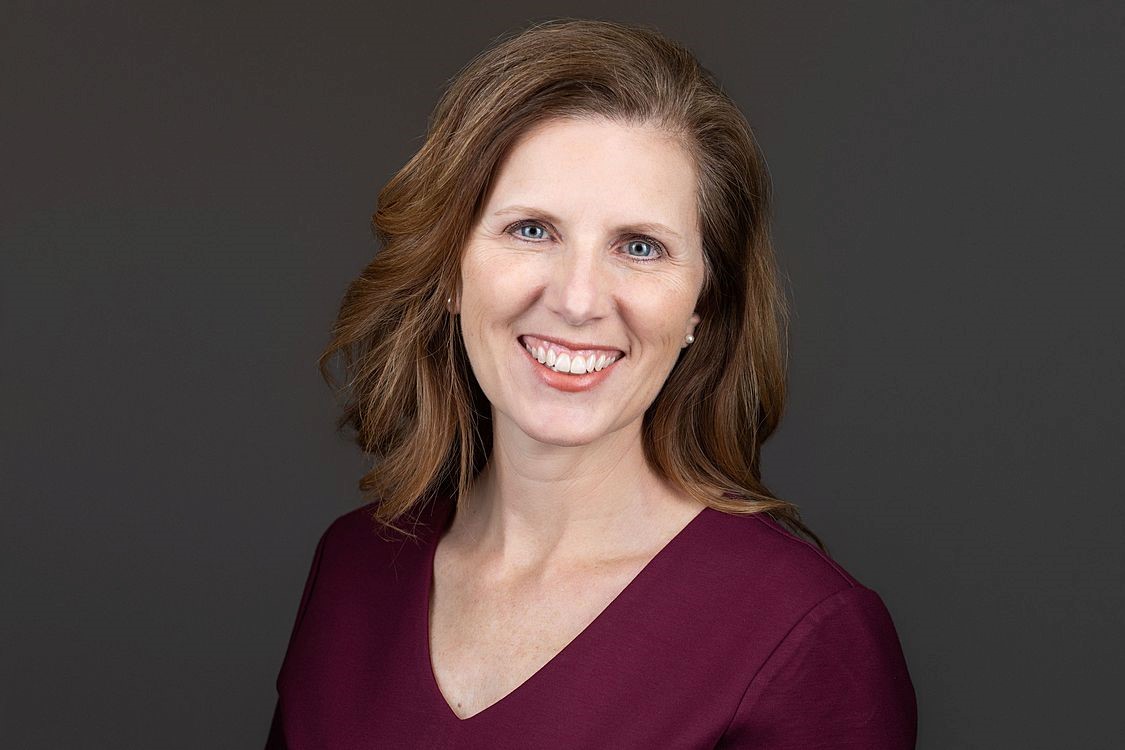Next Gen Navigator
Discovering Ways to Shift Lessons Along the Sensemaking Continuum
By Tina Hovance
Posted on 2021-06-28
Disclaimer: The views expressed in this blog post are those of the author(s) and do not necessarily reflect the official position of the National Science Teaching Association (NSTA).
As a secondary science coordinator of a large school district near Houston, Texas, attending professional development always rekindles my passion for science education. It gives me time and space to update my own learning, as well as to share new ideas with the science teachers I serve. This year’s NSTA Engage: Spring21 virtual conference was no different. Sessions centered on contemporary themes of climate and equity, for example, challenged me to reexamine the importance of blending content with pedagogy to increase the scientific literacy of high school students. In particular, the session Wildfires, Drought, and the Future of Forests, presented by Jonathan Griffith of the CIRES Education and Outreach program of the University of Colorado Boulder, provided me with inspiration for moving teachers and students along the sensemaking continuum.
Using the Model-Based Inquiry framework, the lesson begins with a phenomenon of post-fire landscape recovery. Students develop an initial model to explain how an ecosystem recovers after a wildfire, then make their thinking public by sharing their models with the class. Students engage in a series of three-dimensional tasks, and the lesson concludes with students revising their models based on the evidence they gathered and developing an explanation for how landscapes recover after a wildfire.
Having quality examples of science lessons to study is an important part of the process of transforming the lessons taught in our district. I’m excited to share this particular lesson with teachers because it contains critical aspects of a sensemaking experience for students. For example, it begins with a phenomenon that is intellectually engaging because it incorporates current events via newspaper headlines, a CBS News video clip, and a list of the five largest forest fires. It serves as a model of how we can design lessons around local phenomena, such as increased hurricane frequency or dead zones in the Gulf of Mexico. Teachers surely will recognize that by incorporating phenomena into lessons, we can capture students’ sense of wonder about the world or motivate them to continue learning by providing them with something they care about or are concerned with.
One of my highest hopes for students is that they understand how we “know” and “do” science. In this lesson, students explore data with scientific tools such as an interactive topographical map from the National Forest Service and satellite images from NASA to help them explain how landscapes recover after a wildfire. This differs from what our students experience in some of our current lessons in which they use science practices to merely demonstrate, verify, or confirm concepts that were already taught through traditional lecture-style instruction. I’m excited about introducing teachers to ways they can use authentic data sets and analytical tools that help students behave like scientists to make sense of content. Taking advantage of readily available and reliable resources (such as those from NASA and NOAA), using outreach programs like CIRES, and doing citizen science projects like GLOBE (Global Learning and Observations to Benefit the Environment) will be instrumental in bringing relevant research into our classrooms.
To progress along the sensemaking continuum, the sequence of instructional activities is critical. In the wildfire lesson, after students create an initial model to explain how landscapes recover after a devastating event, they engage in a coherent series of tasks that provides them opportunities to share ideas, build on one another's ideas, and revise their own thinking. What I appreciate about this lesson is the intentionality of finding ways for students to do the intellectual work of constructing their own knowledge. Changing the sequence of classroom activities, giving students opportunities to publicly show their thinking and work together to build understanding, and allowing them to construct explanations will not only require additional training for teachers, but also a mind shift about lesson design. To support teachers in developing and implementing a sensemaking approach, our district plans to provide additional professional development and coaching. For instance, NSTA will be presenting workshops on implementing Daily Do lessons as part of our fall professional learning series, and campus science instructional coaches will facilitate conversations, model lessons, and work with professional learning communities.
The inspiration gleaned from participating in NSTA’s Engage: Spring21 professional learning will definitely inform the choices I make when working with teachers in shifting lessons along the sensemaking continuum. I’m eager to share this model lesson that exemplifies elements of effective science instruction like incorporating intriguing phenomena, engaging students in science practices, and intentionally sequencing learning activities so they are coherent from the students’ perspective. I’m confident that making changes in our teaching practice will lead to students acting as scientists and developing a deeper understanding of the world around them.

Tina Hovance currently is a secondary science coordinator in the Katy Independent School District in Katy, Texas. She has taught high school science and served as a science instructional coach, totaling 20 years in science education. Hovance has presented at the local, state, and national level.
Note: This article is featured in the June 2021 issue of Next Gen Navigator, a monthly e-newsletter from NSTA delivering information, insights, resources, and professional learning opportunities for science educators by science educators on the Next Generation Science Standards and three-dimensional instruction. Click here to sign up to receive the Navigator every month.
The mission of NSTA is to promote excellence and innovation in science teaching and learning for all.
NGSS Professional Learning old Teaching Strategies Three-Dimensional Learning High School


